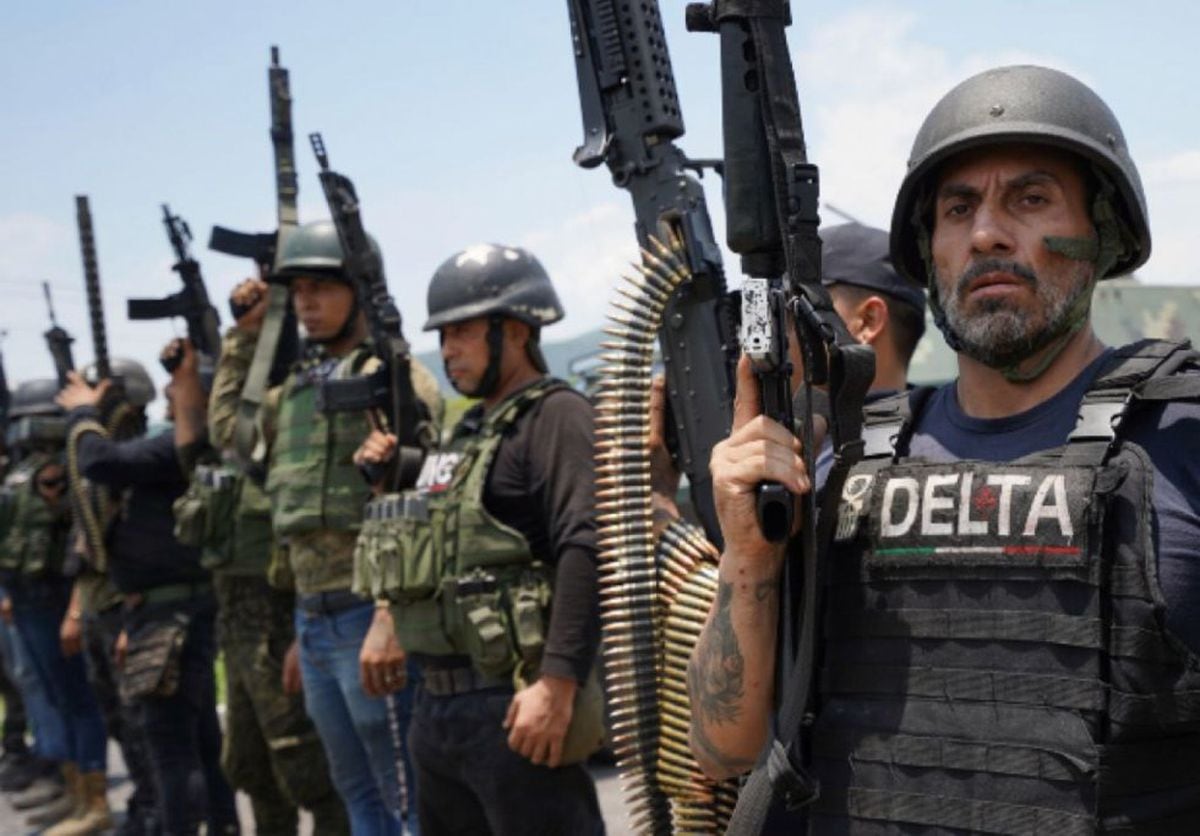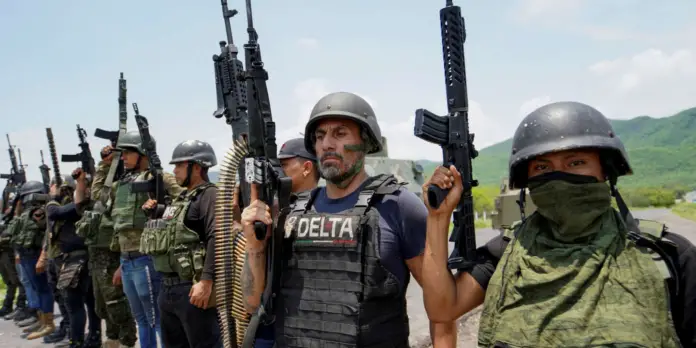
On January 12, 2023, elements of the State of Mexico prosecutor’s office entered an industrial warehouse located in the municipality of Tenango del Valle. Two days earlier, they had managed to arrest a leader of the Jalisco Nueva Generación Cartel in the Toluca Valley and the south of the state. It was a subject nicknamed El Pozolero or 666. They had arrested him along with 9 accomplices.
Related to almost a hundred disappearances that occurred in Edomex, the detainees gave the authorities the location of a clandestine grave where drug dealers not aligned with the CJNG had ended up.
With the help of sledgehammers and excavators, the investigators exhumed 42 packages containing the human remains of a woman and 12 men whom the Jalisco Cartel had disappeared, dismembered and buried under a concrete slab.
A month later, on February 9, a second CJNG cell was arrested in Lerma. It included 9 men who were detained with weapons and military vests bearing the cartel’s initials. Members of that cell also revealed to the authorities the existence of a clandestine grave in the wooded area of Ocoyoacac.
46 packages with remains emerged from that grave. It was possible to identify that they belonged to 13 men and one woman.
Three months earlier, the arrest of 17 members of the CJNG had allowed the location of a home in the Toluca Valley where the authorities found six more bodies.
These were signs of the advance of the Jalisco Cartel in Edomex and of its brutal strategy to seize territories from the Familia Michoacana, after the leaders of this organization, singled out by the DEA and turned into priority targets of the federal government after the massacre of San Miguel Totolapan –which left 20 dead– were forced to retreat (or at least, that’s what the authorities say), abandoning the headquarters that were in their comfort zones.
In 2015, the presence of the Jalisco Cartel had been detected in the municipality of Valle de Chalco Solidaridad. In a few years, the organization expanded its domain to Tecámac, Atlacomulco, Tenancingo, Ixtapaluca, Melchor Ocampo, Atizapán, Coatepec Harinas, Huehuetoca, Tenango del Aire, Chimalhuacán, Acolman and Santiago Tianguistenco.
In March of this year, three men entered a house in the Ancon neighborhood, in Los Reyes La Paz. There they dismembered a man and dumped his remains in the east of the State of Mexico. When they were arrested days later, it was confirmed that they were members of a cell of the Jalisco Cartel dedicated to kidnapping, drug dealing and extortion.
The unstoppable advance of the cells of this organization has been expressed through executions and narcomantas, the operation of local gangs that have bought their franchise – and to which the cartel provides men, weapons, vehicles – and their alliance with other criminal groups, such as the Tepito Union, which have contributed to their expansion plans.
According to state authorities, the CJNG has deployed in 40% of the State of Mexico territory, pushing and crushing the Familia Michoacana, which nevertheless continues to operate and dispute 75 municipalities.
In recent months, Jalisco Cartel operators have been arrested in all regions of Edomex: in the north, in the northeast, in the east, in the south.
These are signs of a dispute that has left thousands of dead in its wake, as well as a trail of kidnappings, extortion and protection money: daily life for the happy inhabitants of Edomex.
Source: eluniversal




